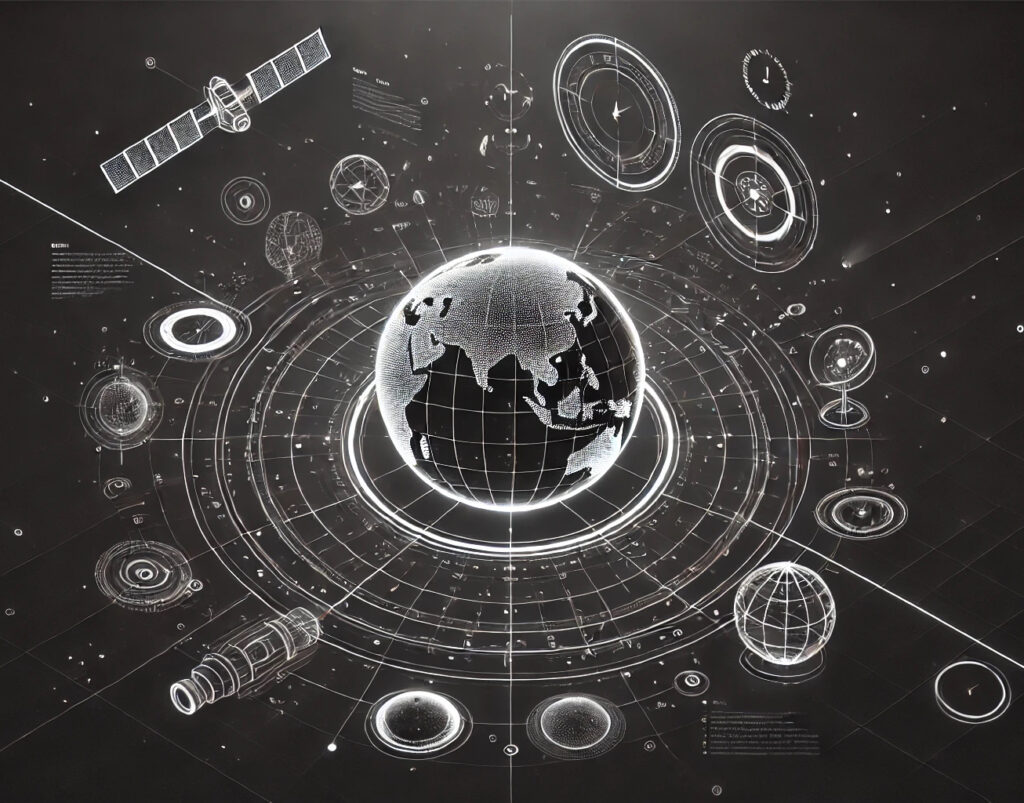
Image: Yanai Toister
What if we focused on different camera constellations in order to understand the future and history of photographies, instead of focusing on specific (photographic) representations? This realignment towards the camera would not only take into account the kinds of devices commonly considered to be cameras but also include alternative forms and methods of measurement and electromagnetic sensing – historical and contemporary – which are involved in developing our techno-visual imaginaries. The speculative camera, as described in this joint paper, explicitly addresses the camera as an assemblage that includes not only particular photographic devices but also a range of other techniques, technologies and ways of being which form a backdrop for photographies. This assemblage is held steady via a constellation which may include tens or hundreds of devices. This article presents three cross sections exploring the relationships between photographies and: (1) navigational abilities practised by members of the animal kingdom (notably bat echolocation), (2) human wayfinding, seafaring and astronomy and (3) volumetric mapping (like infrared sensing, Light Detection and Ranging [LIDAR] and photogrammetry). Common to all three is the articulation of temporality through observations, time-stamping and time-synchronicity, which, we suggest, is pivotal to all camera operations. The speculative character of these camera operations lies in the fact that they are all based on models or programmes, that need to be activated to make camera constellations work.